|
Welcome to a new dimension of Mount Olivet, you could say it's our virtual, or cyber, cemetery. Mount Olivet was a latecomer to the internet as we didn't create our first business website until 2007 and a FaceBook page went up in 2012. I hate to sound crass but our early online offerings were about as lively as the genre we were showcasing. We decided to change that four years ago back in 2016.  We creatively revamped our website and FaceBook offerings. One of the principal components that would enhance and transform both entities came with the introduction of an internet-based blog which we entitled “Stories in Stone.” This was no ordinary blog, as it was our first step into "internet-driven preservation." Weekly features began being written on those buried within this historic, hallowed ground. The pieces were designed to inform, educate and entertain readers. Most of all they were an attempt to bring back the memories of those who have gone before. In recent weeks, we have been working on a new website that will improve our business ability to work with customers. The site is currently live (mountolivetcemeteryinc.com) and has a different look and feel from the one you find yourself on right now. We will continue adding more interactive tools to assist those looking to pre-plan for their cemetery future, and of course serve those unfortunate families who are "at-need" in the present context, having experienced the recent loss of a loved one. In the process, we decided to treat our existing website as "an adaptive reuse," fitting as this is the case with so many buildings in Downtown Frederick. To borrow from Visit Frederick (my former employer) and their popular tagline "Hip & Historic," this site will continue to serve as the principal archival home of virtual history for Mount Olivet. In keeping with that theme, we decided to create a new Uniform Resource Locator, or URL: mountolivethistory.com. Frederick's Mount Olivet Cemetery means different things to different people. We have created a brand, hopefully synonymous with beautiful grounds, helpful staff, an eclectic collection of monuments both old and new, rich history, peerless services and products, and most of all peace and tranquility. We can only do so much as the staff of this iconic resting ground, however the true character of Mount Olivet can be measured by the achievements garnered, and legacies left, by those buried herein. In our case, we have over 40,000 former lives, featuring many of those responsible for giving us the town and county we appreciate today. We have monuments to them here, everywhere you look.  For neophytes to our particular cyber-offerings, the "Stories in Stone" blog features illustrated essays about former Frederick residents buried within Mount Olivet’s gates. Yes, some of these individuals stand out for their unique achievements on local, state and national levels such as Francis Scott Key, Barbara Fritchie and Thomas Johnson, Jr. Others can be remembered for their misfortunes. All in all, most of those “resting in peace” here just lived simple, ordinary lives, and our written online pieces all end the same, with the main subject dying. I've generally been able to find a "silver lining" of some sort to highlight and mesh individuals and their lives with the context of Frederick, Maryland's rich heritage. Best of all, I have the opportunity to introduce (or reintroduce) these folks to our readers. I'm sure in most cases, the subjects would be thankful of the "gift of remembrance." Of course, there are some instances in which an unfortunate end has not been readily handed down through generations due to shame or obvious reasons. Thanks to the internet, we have the ability to reach readers throughout the world. This novelty has allowed audience members to "reach" back as well, sharing with us stories, pictures and information about those folks who happen to be loved ones, ancestors or just plain people of interest buried here in Frederick's most historic burying ground. To continue that thought, some may find our "stories" immediately after initial publishing, while others stumble upon them weeks, months, and even years later while conducting Google and Yahoo searches during family history research. This will continue to happen into the future, something that makes the research and publishing task involved well worth the effort. A big "thank you" goes out to the internet, as this is true historic preservation using electronic media. 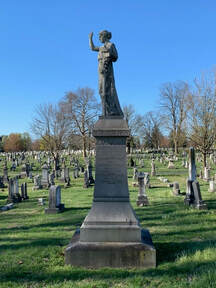 Markers of a Lifetime With 40,000 interments in our midst, roughly the same population as our state capital of Annapolis, I regularly pass countless grave sites without a thought, as their names are nothing more than “names in stone.” However, as I have found through my research and writings, the monuments and plaques are much more than that. Grave markers, monuments, and tombstones are tributes to, and representations of, past lives. Each provides a tangible connection to the decedent. From a religious perspective, I’ve been taught that the spirit of our loved ones will always be with us, and are “watching from above.” Whatever you personally believe, these works in granite and marble are tangible, standing as tributes to lives once lived, be them spectacular, tragic or ordinary. Gravestones can bring a sense of reality and closure for some people. For others, they serve to keep the memory of that person eternal. These "stones" stand proof that a life was once lived, and associate it with a tangible geographical location within a large cemetery or memorial park, church graveyard or family burial ground on an ancestral farm or plantation. This is a lasting footprint.  Each and every day, I see individuals coming to Mount Olivet to plan and purchase monuments for themselves and loved ones who have passed. Some designs are playful, others are serious. Most can best be described as traditional. I also see people decorating and cleaning grave stones, especially this time of year. For a modest fee, the cemetery provides a service to professionally clean monuments with non-invasive techniques. Thanks to our preservation program, we are now in a position to embark on cleaning and making high quality repairs and restoration efforts to vintage stones on our grounds.  Colleen Remsberg Colleen Remsberg For over a decade, the Mount Olivet Board of Directors had entertained the idea of establishing a preservation-themed fund with the Community Foundation. The idea was first pitched, and championed by the late Colleen Remsberg, longtime Board member and immediate past president. Ms. Remsberg passed away in May, 2018, but not before she saw the Mount Olivet Preservation and Enhancement Fund become an IRS accredited 501(c)(3) public charity in 2017. The mission reads as follows: The mission of the Mount Olivet Cemetery Preservation and Enhancement Fund is to assist in the conservation of the natural beauty and historic integrity of Mount Olivet Cemetery and to increase public knowledge and appreciation of its unique, cultural, historic, and natural resources through charitable and educational programs. Putting this in layman’s terms, we continue taking steps to preserve the history of this great “garden cemetery,” a community institution since the 1850s. In doing so, we want to safeguard the cemetery’s historic records, structures and grave monuments herein. We have taken a bit of a head start as can be exemplified by the fore-mentioned “Stories in Stone” articles and MountOlivetvets.com website, along with public lectures and our occasional commemorative events.  Jonathan Appell Jonathan Appell A month-and-a-half ago, in October, we hosted a gentleman named Jonathan Appel, one of the country's top experts in cemetery monument restoration. Jonathan owns Atlas Preservation, located in Southington, Connecticut and presented a workshop to participants providing history and context to the examples of monuments found here in Mount Olivet. This was his third annual visit to Mount Olivet. Each trip, he has explained to audiences what has happened to many of our monuments over the years in terms of wear and tear. Mr. Appel also gave instruction and tips on how to repair and clean our historic cemetery gravestones. Jonathan Appell has over 25 years of experience preserving, restoring, and repairing gravestones and monuments. A recent work project of note is “the Knight’s Tomb” in Jamestown, quite possibly the oldest existing gravestone in America, dating back to the 1630s. Jonathan continues to spread his knowledge by participation in seminars and workshops around the country and assists historic cemeteries and burying grounds with recommendations on conservation equipment, tools and repair products. Participants got to see multiple monuments repaired and actually took part in cleaning gravestones themselves. In addition to having our staff fix the stones within our capability, we intend on raising funds to continue bringing talented gentlemen like Mr. Appell to assist us in repairing many more. The special event took place on October 7th (2020) as part of our new Friends of Mount Olivet Cemetery initiative. This membership group is an extension of the Mount Olivet Preservation and Enhancement Fund and will continue to host activities like these designed to generate enthusiasm, volunteers and fundraising through engaging and entertaining educational programs, research projects, gravestone preservation, special event planning and anniversary commemorations.  The Power of the Internet For as much sadness that I witness firsthand in my job, I see an equal amount of joyful remembrance for those who have passed. I also see family historians (from both the professional and amateur ranks) reveling in discoveries made through ancestral pilgrimages. I know genealogy is not for the faint of heart, but the internet innovations of Ancestry.com, FamilySearch.com, Fold3, Newspapers.com and Findagrave.com have been godsends, allowing ease in time and effort in finding pertinent resources. The latter of the sites mentioned certainly drives my point home, as you can make a "virtual" visit to a gravestone in a cemetery anywhere in the world as long as its been documented by a Findagrave volunteer. Here one can gaze upon the final resting place and stone of a long-lost ancestor. In some cases, you may also find obituaries, photos and links to other family members. We continue the story from there with our subjects who have been featured with "Stories in Stone." In 2018, we launched a companion "sister-website" entitled www.MountOlivetVets.com. This website has a similar mission to FindaGrave.com and one day will contain memorial pages for the over 4,000 military veterans buried at Mount Olivet. Here you will find pictures of grave monuments and military-issued stones/markers and obituaries along with vital, personal and military record information. In some cases, we feature photographs of the deceased which allows users to put a face with a name, and so much more—a life. We finished a first phase of creating pages for over 600 World War I vets. We now are slowly adding Revolutionary War and War of 1812 soldiers. Meanwhile, we have volunteers slowly compiling info on Civil War and World War II soldiers buried in Mount Olivet. The site as a whole can best be described as "a work in progress," and will continued to be embellished. The hope is to find volunteer researchers in our "Friends group" in an effort to make pages for all the vets here in Mount Olivet. In addition, we humbly ask for the assistance of descendants, historians and friends to provide us with photographs and/or additional information of note. We also want to link to other sources of information regarding our vets, and the training and battles they participated in. The internet will continue to dictate the success and strength of this information resource for not only users, but us here at the cemetery. We are most excited about the opportunity to acquire additional info, scans of pictures and documents of these men and women from relatives all over the world which can add greatly to our preservation efforts pertaining to those buried here. Some people go into cemeteries and simply see names and dates chiseled in stone. Many of us see much, much more. I continue to learn more about the lives of Mount Olivet’s residents through studying grave stones, researching our blog, collecting images and documenting stories told to me by visiting descendants (regarding their relatives). Our goal is to continue sharing these gifts with you, the reader, not to mention future generations of the dearly departed wherever they may live.  Our Cyber-future In years to come, we hope to have have much more online information about those buried here. I want to mention the online opportunity that exists now for charitable donating to our Mount Olivet Preservation and Enhancement Fund (MOCPEF) on Giving Tuesday, or anytime throughout the year. A formal partnership was formed last November with the Community Foundation of Frederick County, our fiduciary overseer for the fund. Many people are well aware of Giving Tuesday, also stylized as #Giving Tuesday for internet social networking purposes. This event, occurring on the Tuesday following Thanksgiving, celebrates its 6th anniversary this week, as it began back in 2012 by the 92nd Street Y in New York City along with the United Nations Foundation. It's a “tongue in cheek” response to the post Thanksgiving commercialization of Black Friday and Cyber Monday has steadily been growing in popularity, now firmly established as an international day of giving at the beginning of the holiday season. Over $60 million was raised last year on this day.  As mentioned earlier, our Friends group members and volunteers hold the key to unlocking and preserving so much more of our cemetery's rich history. in the near future, efforts will expand to educational partnerships such as school field trips, interpretive historic wayside displays and unique commemorative plantings. Best of all, we will have the opportunity, and more so the financial support, to clean, preserve and repair broken and illegible gravestones and monuments in the cemetery’s historic section. We appreciate any assistance you can give, be it monetarily, or simply volunteering family information and photograph scans of relatives interred here. Please click the links below to learn about contributing to our Preservation & Enhancement Fund (Immediate Need Projects Fund or CFFC's Perpetual Preservation Fund), or joining our Friends of Mount Olivet group. Find the link to the application form below. It may just make unique gift idea for the holidays. We accept checks (made out to the Mount Olivet Cemetery Preservation and Enhancement Fund) and will supply paperwork for charitable giving tax purposes. Feel free to reach out to me to discuss further and learn more about how you can help preserve this amazing outdoor and virtual museum of Frederick's history. It's literally and figuratively, the gift of a lifetime.
2 Comments
“I hope I can be the autumn leaf, who looked at the sky and lived. And when it was time to leave, gracefully it knew life was a gift.” -Dodinsky It's been a highly unusual, and disappointing, year for so many reasons but three things have given me calm and serenity over the past eight months since Covid-19 came into my life and yours: gazing at the ocean, watching my sons play youth baseball and most recently, viewing an array of colors decorating the trees of my yard, and my workplace here in Mount Olivet. The Coronavirus had little to no impact on my experiences with the three, fore-mentioned activities at all. Sadly, winter will put a damper on things for a while as baseball is shut-down until next spring, and I won’t be able to spend relaxing days sitting on the beach (and certainly don't plan on swimming) until next April at the earliest. As for the leaves, my boys and I spent several hours last weekend with yard-work, raking and bagging for proper removal. Meanwhile, here at the cemetery, the Technicolor performance is about complete as well. There are more leaves on the ground than on the trees. This past week, I gave extra attention to watching our hard-working grounds crew enact their annual process of clearing 100 acres of “the gifts of autumn," slowly browning as they crumple. That's right, for those of you who dread cleaning up the leaves in your own yard, just think about the five staff members we assign this "arboreal" task. This week's "Story in Stone" is no more than an ode to the beautiful foliage that graces our Mid-Atlantic domicile. Thankfully, Covid-19 didn't spoil the leaf-peep show as the vibrancy of different colors on trees is as varied as the face coverings we have been required to don this year. As October turned to November, we find ourselves fast approaching the kickoff of the holiday season with a true weather turning point in December. The brilliant leaves are dissipating, but unfortunately Covid-19 is not following suit. I have to laugh in thinking that unlike us humans, the trees certainly don't look better unmasked. Below is a time lapse photo documentation of a favorite tree in my personal backyard, here in Frederick. It is an aptly named maple tree called "Autumn Blaze." The three photos below represent different stages over a 40-day duration from October 11th-November 20th. In case you were wondering, autumn 2020 began on September 22nd and runs through December 21st. It is defined as the season of the year between summer and winter during which temperatures gradually decrease. It has taken on the more common name of “fall” in the United States due to the fact that leaves fall from the trees at this time. Author Natalie Wolchover wrote an article about the season moniker (autumn) in October, 2012 for a website titled LiveScience. Here is a poignant snippet: "Autumn," a Latin word, first appears in English in the late 14th century, and gradually gained on "harvest, the original name for the season." In the 17th century, "fall" came into use, almost certainly as a poetic complement to "spring," and it competed with the other terms. Finally, in the 18th century, "harvest" had lost its seasonal meaning altogether, and "fall" and "autumn" emerged as the two accepted names for the third season. But by the 19th century, "fall" had become an "Americanism": a word primarily used in the United States and one that was frowned upon by British lexicographers. The persistence of two terms for the third season in the United States, while somewhat of a mystery, may have something to do with the spread of English to the American continent at the very epoch when "fall" began jockeying for position with "autumn": the 17th century. At that time, both terms were adopted stateside, and the younger, more poetic "fall" gained the upper hand. Back in Britain, however, "autumn" won out. The continued acceptance of "autumn" in the United States may reflect the influence, or at least the proximity, of English culture and literature. I have had a few outside meetings this past year for social distancing purposes, an opportunity to walk and talk in the same vein of outdoor dining and church services. While chatting with a potential college student intern for next spring, I made an amazing discovery just a few yards off a paved lane that aligns Area LL. I spotted a several nearby flaglets (placed for Veterans Day) that had been toppled by strong winds earlier in the week. These gusts were equally troublesome in hurrying the magically colored foliage to ground. As I walked back out to the lane and rejoined my guest, my eye was caught by a gravesite and name I had never noticed before. Talk about irony, as not only had I been focused intently on leaves for the last few weeks, they have made me smile in this most depressing of years. I shared the find with my meeting companion and promptly took a few pictures on my smartphone. Once back at my desk and done with said meeting, I went in search of Leafy F. Smiley. I first checked our cemetery database and found that she was appropriately born in spring time, like many others sharing her name. Here’s the computer-generated entry on Leafy F. Smiley:
 Photo found on findagrave.com of Leafy's brothers Lester and Golden (c. 1913) Photo found on findagrave.com of Leafy's brothers Lester and Golden (c. 1913) Like “a candle in the wind” or, in our case, an autumn leaf on a tree in the same circumstance, Leafy Frances Smiley’s time here on Earth was unfortunately cut short. She grew up with two older brothers Lester Smiley (1904-1986 buried in Indian Gap Cemetery in Annville, Pennsylvania) and Golden C. (1908-1980 died in Bowie, MD). Leafy attended local schools and was the daughter of a noted mason from a long line of men specializing in the trade of bricklaying. As a matter of fact, Leafy’s father, John William Smiley worked in this profession for over forty years as did three of his brothers. A native of Spring Creek, Virginia, he was a son of a brickmason and was descended from an early pioneer, George Smiley, a bricklayer who came to New York City about 1700 from northern England. Leafy’s mother was the former Alberta Mae Sherfey of Otterbine District, Rockingham County, Virginia. She gave birth to four children before Leafy, however two died in infancy (Mervin in 1905 and John William Jr. in 1907 and both are buried in Otterbine, VA). I would later find that our subject was quite popular and possessed many friends. Leafy attended Frederick High and graduated in 1931. I saw brief newspaper mentions of attendance at area school functions and social events but not much more. I also stumbled over two family trials that luckily didn't end in tragedy for the Smiley family although terrible unto themselves and for others. Leafy survived the car crash just a few months after graduation. However, she would die four years later, in the heart of summer. Miss Smiley passed on July 23rd, 1935, apparently after a long illness according to her obituary. She would be buried in Area AA/Lot 11 two days later. In locating Leafy's interment card in our cemetery files, I found that she died of pulmonary tuberculosis. Her father would join his daughter in the family plot just four years later upon his death from a pulmonary hemorrhage at age 67 in 1939. Mrs. Alberta Smiley would die in 1954. Leafy F. Smiley’s grave is shaded by a tree, but it’s no ordinary one. It's a Bradford Pear, and one here in the cemetery that appears to keep its leaves longer than any others around it. With a bit of quick research, I found that this variety of tree regularly has short lifespans and the color often develops very late in autumn resulting in leaves being killed by a hard frost before full color can develop. To me this seems fitting as Miss Leafy Smiley died before having time show her true colors. I wonder if friends and loved ones made the same parallel between your name, vivid life and premature death throughout the autumn of 1935? Rest in peace Miss Smiley, like those leaves as they find their landing places.
It’s been over 32 years since I took Psychology 101 in college, but the lessons learned then still hold true today. Working for a cemetery or funeral home, it’s more than important to be familiar with the famed Kübler-Ross model, also known as the five stages of grief. This theory postulates that those experiencing grief go through a series of five emotions: denial, anger, bargaining, depression and acceptance. The model was introduced by Swiss-American psychiatrist Elisabeth Kübler-Ross in her 1969 book On Death and Dying, and was inspired by research work done with terminally ill patients. Kübler-Ross originally developed stages to describe the process patients (with terminal illness) go through as they come to terms with their own deaths; it was later applied to grieving friends and family as well, who seemed to undergo a similar process. The stages, popularly known by the acronym DABDA, include: Denial – The first reaction is denial. In this stage, individuals believe the diagnosis is somehow mistaken, and cling to a false, preferable reality. Anger – When the individual recognizes that denial cannot continue, they become frustrated, especially at proximate individuals. Bargaining – The third stage involves the hope that the individual can avoid a cause of grief. Usually, the negotiation for an extended life is made in exchange for a reformed lifestyle. People facing less serious trauma can bargain or seek compromise. Depression – During the fourth stage, the individual despairs at the recognition of their mortality. In this state, the individual may become silent, refuse visitors and spend much of the time mournful and sullen. Acceptance – In this last stage, individuals embrace mortality or inevitable future, or that of a loved one, or other tragic event. People dying may precede the survivors in this state, which typically comes with a calm, retrospective view for the individual, and a stable condition of emotions. Well, I’ve learned that aspects of this model can be applied to less serious losses than the lives of loved ones, relatives, friends, pets, acquaintances and even celebrity heroes. What about relationship break-ups? Other disappointments can cut deep as well, be them sports playoff defeats of your favorite team, concert ticket sell-outs, and the closing of a beloved restaurant. Timely, as I write this, what about Covid-19 event cancellations or candidate election losses? Of course none of these situations rival or come close to the loss of a human life, or even that of a pet for that matter--I'm just being facetious. However, they are disappointments that all of us encounter and have to fight through in our own way. Currently, I can add another example of a life experience to apply the grief stage model, and it's one that I've been dealing with for over a week. The case at hand—the pivotal loss of a “one of a kind" eBay auction that would have aided my dream of creating a museum for Mount Olivet Cemetery. The museum is still on the table, but I missed out on a key artifact that would aid us in telling the story of the cemetery's creation and rich heritage, but more importantly, highlighting many of the fascinating people that “rest in peace” here. The auction in question ended on November 7th, but I feel that I am still fighting through the Depression stage (Step 4). Now for the backstory. On November 1st, I stumbled upon a very unique item on the online auction website eBay. The site has been very good to me over the last 23 years since I made my first bid. Since that time I have won hundreds of auctions and added to my repository of Frederick History memorabilia and artifacts. Over the last four years, since I have been at Mount Olivet and writing this blog, I have bid on items relating to past stories.  Daguerreotype of Edgar Allan Poe Daguerreotype of Edgar Allan Poe I’ve scored some letters from Francis Scott Key, postcards of the Barbara Fritchie burial ceremony here in 1913, an advertisement for Wizard Soap made by the Hogg brothers buried in Area H, a calling card signed by famed stage actor Robert Downing, an autograph scrapbook belonging to Maryland’s prettiest girl Clara MacAbee and the list goes on. However, the recent item in question was an early daguerreotype of a young man named William A. Ebert. I immediately checked our cemetery database and found William Augustus Ebert (1820-1851) buried on Area H, not far from our recently-downed Confederate monument and Confederate Row. This was definitely the same individual, and I also learned from the description on eBay that he was a “whitesmith.” I will attempt to explain that term in a minute. For those not familiar with early photography methods, daguerreotypes always came in protective cases, often made of leather and lined with silk or velvet. The photos, themselves, were made on highly polished silver plates. Depending on the angle at which you view them, they can look like a negative, a positive or a mirror. If exposed to the air, the silver plate will tarnish. Not only was this a rarity, finding a photo of a Frederick resident taken before 1851, but more so a major discovery for me as cemetery historian, because the subject at hand was the victim of a terrible accident and subsequently buried here in Mount Olivet. The auction’s seller was in nearby Westminster and this rare 19th century sixth plate daguerreotype, the most popular of its kind, measuring 3 and a 1/4" X 2 and 3/4", came in its original pocket display case and included a few old newspaper clippings of Mr. Ebert’s death, and an additional bonus— a small lock of hair. I immediately decided to bid and crossed my fingers in hopes to win this auction for the cemetery, and reunite the daguerreotype with the actual decedent so to speak.  So before I tell you of William’s tragic fate, I want to explain the term “whitesmith,” as I was unfamiliar with this profession, or at least the name. I was tipped off in the obituary that our subject was a craftsman who worked with guns and that “whitesmith” was used in conjunction with “gunsmith.” This was still a bit confusing and a simple Google search brought me to a glossary of terms on a website for Classic American Gunsmith LLC (classicamericangunsmith.com) located in Charlottesville, VA. In addition to obvious gunsmith services, the site has an extensive archive of blogs and history related to the making and repair of firearms. The fore-mentioned glossary of terms found on the site gave me the following knowledge: IN THE WHITE Being in the white means that a metal part has no coating on it. It has not been anodized, blued, parkerized, Cerakoted, etc. As such it is vulnerable to environmental conditions and prone to oxidation (rust). As an example, if a blued gun barrel has a dovetail machined into it, the exposed silver colored area is said to be in the white. I believe that this phrasing comes from gunsmiths (and the blacksmiths who came before them) association with whitesmiths. A whitesmith is either a craftsman who makes, repairs, or modifies things made from pewter or tin, or a craftsman associated with finishing or polishing iron before it was browned, blued, etc. Thus, metal just before it is ready to finish (browning, bluing, etc.) is said to be in the white. I find the relationship between the “exposed silver” of a gun part rusting to the potential for tarnishing of the silver plate of a daguerreotype if exposed to air. Maybe our subject (and his family) had a hand in making or finishing daguerreotypes in addition to guns? Maybe these daguerreotypes were the work of William and the Eberts? Whatever the case, William A. Ebert’s profession would sadly cost him his life. I will include the auction picture of the clippings that give provenance to the item, but I found a like article about the tragedy in a Baltimore newspaper and also within the diary of Frederick resident, Jacob Engelbrecht.  Jacob Engelbrecht Jacob Engelbrecht “Died this morning (Tuesday, September 23, 1851) about 6 o’clock Mr. William Augustus Ebert, son (eldest) of Mr. Benjamin Ebert. His death was occasioned by his accidentally shooting himself with a pistol, while drawing the load it being secured in the vice, (gunsmith). It happened on Thursday last 18th instant—it occurred near our dwelling opposite Doctor Ritchie’s shop. He survived the accident 5 days. Buried on the Lutheran graveyard by the “Sons of Temperance” & the “Junior” Fire Company in uniform, aged 21 years, lacking days.” Tuesday, September 23, 1851 8 o’clock A 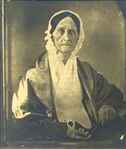 Daguerrotype of Barbara Fritchie Daguerrotype of Barbara Fritchie Well, our Mount Olivet database had a bit of the story and showed that William Augustus was born on October 7th, 1830 and was the son of Benjamin Ebert (1802-1868) as Engelbrecht stated and wife Caroline Maria (Birely) Ebert (1810-1875). He was 14 days from his 21st birthday, not that the number is all that important as he apparently did not drink, being a member of the local chapter of the “Sons of Temperance.” (Of course that’s a joke, as I know that official drinking ages were arbitrary in those days.) With the help of some primary sources, I was lucky to find a little more info regarding the background of the Ebert family, including some connections to the fore-mentioned Frederick Civil War heroine Barbara Fritchie and the local legend’s birthplace of Lancaster, Pennsylvania.  "Buckskin dresser" at work "Buckskin dresser" at work William Augustus’ maternal grandmother was Maria Rebecca (Fritchie) Ebert, sister of John Caspar Fritchie—husband of Barbara (Hauer) Fritchie. William’s paternal grandfather (John Ebert) was a skindresser and glovemaker, which was the family trade of the famed Fritchies. Benjamin Ebert appears to have been engaged in his father’s business but diarist and neighbor Jacob Engelbrecht mentioned in his diary that Benjamin and a friend/business partner, named John Cook, went to Lancaster, Pennsylvania on May 25th, 1829. Jacob’s thought was that this move was in relation to Ebert taking his knowledge and skill of skin dressing and glovemaking there. However, another source would reveal that Benjamin really removed to Lancaster in order to learn the trade of gunsmithing. Benjamin’s father and brothers, John M. and Valerius (a future mayor of Frederick), were practicing the skindressing trade next door and to the immediate west of Mr. Engelbrecht. The Fritchies were involved in the same. The Eberts and Engelbrechts operated their businesses just east of Carroll Creek on the north side of Patrick street and directly across from the modern-day Barbara Fritchie House/Air B&B. A second mention (in Engelbrecht’s diary) from late December of that year talked of a double wedding featuring both Benjamin and Caroline Birely, and Ebert’s friend/associate John Cook and his bride. This occurred back in Frederick on Christmas Eve (1829) and the ceremony was officiated by Rev. David Schaefer of the Lutheran Church and War of 1812 local hero. The couples were said to have headed back to Lancaster afterwards. Interestingly, our subject, William Augustus was born exactly nine months and 14 days later. I asked one of my research assistants, Marilyn Veek, to search for info on the Ebert business and the location of the gun repair/whitesmith shop. After a few hours of digging, she said that an 1843 directory of Lancaster, as quoted in the 1922 Historical Papers and Addresses of the Lancaster County Historical Society, shows Benjamin Ebert, tailor, on the n. side of the 3rd square on King Street, and Benjamin Ebert, gentleman, on the s. side of that square. Were these different men or one in the same? I’m guessing the latter and a separation between business workshop and home residence. According to the 1850 census, five children were born to the Eberts while residing in Pennsylvania, at least sometime between 1833-1846:. These included: John, Samuel Birely, Caroline, Emma and Augustus. Another child, Rebecca Maria was born in Frederick in 1850. Marilyn shared with me the fact that Benjamin had bought what was 67 W. Patrick (now 131-133 W. Patrick on the north side at the bend) back in 1850. This is part of West Patrick Street Square and sits across the street from the County Courthouse Parking Deck. I strongly think this was the scene of William’s unfortunate shooting accident in September, 1851.  Even though the Ebert business is not shown on the right, this daguerreotype by Jacob Byerly shows the streetscene of W. Patrick just past "the Bend" after the disastrous Flood of 1868. Mayor Valerius Ebert called for the removal of the old Barbara Fritchie House and that of his father's skin dressing business so that the creek could be widened, thus helping to eliminate future flood catastrophes for Frederick Another interesting online source provided additional provenance and this was the website of the Kentucky Rifle Foundation. The website told me that: “Benjamin and his son John were general gunsmiths prior to the Civil War and were located on the south side of Patrick Street west of Bentz Street in Frederick. By the 1880s they were advertising as Benjamin Ebert & Son at 67 West Patrick Street. In 1895 they were advertising hardware and carriages.” The Portrait and Biographical Record of the Sixth Congressional District (Chapman Publishing, 1898) which features a bio of William Augustus Ebert’s younger brother, Augustus, discusses father Benjamin going to Lancaster and learning gunsmithing there. It says that Benjamin's shop, the one in question, was just across the street from Augustus' "present place of business" in Frederick, likely a property later known as "the repository", which Benjamin had bought in 1864 as the result of an equity case involving the will of John Casper Fritchie. An abstract says that this property had a gunsmith shop on it. Benjamin Ebert died in 1868. In 1883, his sons Samuel B., John and Augustus (who had been trading under the name B. Ebert & Sons) dissolved the partnership. Samuel sold all of his interest in the property, stock in trade, money, property and assets to John and Augustus. Ebert & Sons, hardware merchants and carriage builders, went bankrupt in 1907. The bankruptcy and end of the family business occurred just a few months after a devastating fire swept their location on West Patrick Street (at the Bend), said to have been one of the worst in Frederick's history. So let’s get back to William Augustus Ebert. He was originally buried at the Lutheran Church graveyard on E. Church Street as Mount Olivet was not in existence until 1854, three years after his death. Our records show he was moved here on July 10th, 1856. He would be joined on the family plot (Area G/Lot 202) by his father in 1868, and his mother seven years later. Other family members in this lot include William Augustus’ brother Samuel B. (d. 1880), Sisters Emma C. Ebert (d. 1904) and Rebecca Maria Ebert (d. 1914). Sister Caroline (Ebert) Winebrenner is in the lot immediately to the right, and brothers John M. and Augustus who are roughly 75 yards away in Area Q/Lot 139.
I painfully researched, and shared the family tree because of the fact that there were other Ebert daguerreotypes that were up for auction from that same seller a few weeks back. They all came from the same original source, some current day descendant of Benjamin Ebert. I’m thinking that these were William Augustus’ siblings.....but who is who? One additional daguerreotype in this collection went for several hundred dollars. I initially thought this to be a brother, but now I think it could be a second image of William Augustus, as he looks similar to my elusive daguerreotype and is wearing what appears to be a military uniform. Those regular readers of this blog have been told on more than one occasion that our early Frederick fire companies doubled as militia units. Since William Augustus Ebert was a member of the Junior Fire Company, I’d bet that he is pictured here in his Junior Defenders uniform. Well, researching and writing this week’s “Story in Stone” has been somewhat therapeutic. I will always be upset with myself over “the one that got away,” but I will soon enter the Acceptance stage of the Kübler-Ross model. I'm just so glad that I saw the auction in the first place and was able to add to our documentation of this early family of not only our town, but also our cemetery.
A few months back, I wrote a “Story in Stone” to help commemorate the 75th anniversary of “V-J Day” (victory over Japan Day). It featured the gravesites and associated stories of just a handful of our 4,000+ veterans buried within Mount Olivet. This was a great early prelude to the annual events we acknowledge here at the cemetery this late time of the year—Veterans Day and Wreaths Across America Day. Veterans Day, as always, is November 11th and originated with Armistice Day, the official surrender of the enemy during World War I on November 11th, 1918. We take the opportunity to plant flaglets on the graves of veterans throughout the cemetery, a task which has also been performed by the local American Legion on Memorial Day. Wreaths Across America is a national program that grew out of Arlington National Cemetery and began in 1992 when the Worcester Wreath of Maine found themselves with a surplus of wreaths nearing the end of the holiday season. Today, over 2,100 cemeteries in all 50 states participate in this amazing endeavor. Veterans Day is distinct from Memorial Day in that it celebrates the service of all U.S. military veterans, while Memorial Day honors those who had died while in military service. In either case, you can never thank these people and fellow Americans enough because they are incredibly special, and most are equally humble about their service. They leave their families and put their health, safety and lives on the line for one reason—to fight for our country, and for our freedom. In a world of selfishness, these have already, or are currently putting our needs before their own. Without Veterans Day, many Americans would forget them and the sacrifices they made. Sadly, many don’t care or are too stupid to even understand that freedom isn’t free.  Dedication of Mt. Olivet WWII Memorial in 1948 Dedication of Mt. Olivet WWII Memorial in 1948 With the 75th anniversary of the end of World War II, I wanted to put the spotlight on the several hundreds of local men and women buried in Mount Olivet who served in this conflict. Although not here in our cemetery, my grandfather was career Army and served in World War II. He saw action in France and Germany as part of the Battle of the Bulge, unfortunately getting captured near a town named Kesternich in December, 1944. He would spend months in German POW camps. However, he was fortunate enough to return to the states and tell his tale. His wife's brother (my great uncle) was not so lucky, killed as part of a tank division in eastern France and resting in peace at Lorraine National Cemetery in St. Avold, France. This week, I commend all the Mount Olivet vets, but especially those who participated in World War II. As representative of those amazing patriots, I'd like to feature a few more of those buried beneath our World War II Memorial in Area EE. This was dedicated on Memorial Day, 1948 and also serves as the site of our Wreaths Across America kickoff ceremony each year. We have 30 soldiers buried here, and I have chronicled 14 of them over the past four years in which I have been writing this weekly blog. Thanks to the tireless efforts of my assistant Sylvia Sears, I will share with you brief biographies on six more of these men—all having made the ultimate sacrifice. And instead of me writing biographies here, I will let old newspaper clippings and photographs tell their stories. FRANKLIN EUGENE BAKER Franklin E. Baker was in his mid-thirties when he lost his life in Paris, France during the summer of 1945. The former Frederick businessman resided on the east side of town and owned a taxicab business and a tobacco shop. He took up the fight, enlisting at Fort Meade on April 11th, 1944. Baker soon found himself in Europe after training in South Carolina. The infantry soldier apparently received a wound in battle which hampered him afterwards. He joined the Visitors Bureau of the US Armed Forces. In August of 1945, PFC Baker died in a military hospital while recuperating from a previous wound. Four years later, his body would be returned to Frederick, and a solemn funeral service took place at Mount Olivet Cemetery on August 4th, 1949. NORMAN MONROE WACHTER From one "Baker" to another, Norman M. Wachter left his job at the G & L Bakery in Frederick for the European Theater. While serving as a private in the 135th Infantry of the 34th Division, he survived fighting in North Africa. In May, 1944, he would be killed in battle on the beach at Anzio, Italy. Monroe Elwood Hossler This Mountaindale native worked for Frederick Iron & Steel before joining the Army in April, 1943. He would serve in the 397th Infantry. Ten days before the launch of the Germans "Battle of the Bulge," Pvt. "Tom" Hossler would lose his life in France on December 5th, 1944. Richard Fleming, Jr. A last name that appears in several places within Downtown Frederick, this decedent had nothing to do with nearby locales such as Fleming Avenue, once part of a farmstead owned by the family of the same name. I soon realized that I pass his former home regularly as I drive through Baker Park. Richard Fleming, a native of Illinois, enlisted in the service before he was 18, and was accepted to various officer training programs but settled on the University of Florida. He made his way to Europe by sea in late November, 1944. Fleming was captured by the Germans on the second day of the Battle of the Bulge (Dec. 16th, 1944). He spent the remaining months of his life in a series of German POW camps, where he developed pneumonia and was released to a hospital in Germany, and then sent to England. Thomas Fleming Sharing the Fleming name, this gentleman was no known relation and hailed from Carroll County. As a member of the 357th infantry, he saw heavy fighting in early 1945 as the Allies pushed across the Siegfried Line into Germany. He would lose his life at age 24 as a result of flying shrapnel from an enemy artillery shell. This occurred at a place called Winterspelt (Germany), near the Belgian-Germany border, not far from the famed St. Vith. I found this passage in George von Roeder's Regimental History of the 357th, and it sheds a little light on the scene PFC Fleming found himself at the time of his death: "On the 29th (January), the 2nd battalion crossed the Our River in the face of heavy machine gun and mortar fire and took up positions on the high ground to the west. The Regiment was now deployed in three countries: Luxembourg, Belgium, and Germany (the Our River marked the western German boundary). The remainder of the Division was attacking to the northeast and the mission of the 357th was to protect the Division’s right flank and block from that direction. On the 6th of February, the 357th was relieved by elements of the 6th Armored Division and moved northeast into Germany to an assembly area in the vicinity of Winterspelt. This was where the Siegfried line began, as well as some more hard fighting. The Division now had the job of driving through these fortifications. The initial attack during the night of the 7th gained some ground due to surprise and the advantage of darkness, but the dawn brought a deluge of fire from all types of weapons, firing from pillboxes seemingly located everywhere. The ensuing days brought a series of actions, fierce in nature and difficult to record. German artillery and Nebelwerfer fire was heavy and accurate, causing many casualties. The pillboxes were well constructed and expertly placed. Whole platoons of the infantrymen disappeared as a result of a German tactic of giving up a pillbox easily, then subjecting it to artillery and mortar fire, forcing the attackers inside for shelter. It was then simply a matter of covering the doorway with fire, surrounding the pill box after dark, and blowing it in. This tactic that was short lived, however, and the men soon learned that it was safer outside of the fortifications than inside. The Germans learned this to as well-placed satchel charges blew their shelters to bits." Garland Z. Hightman Early in the war, Garland Z. Hightman served as the Chief Clerk of the local Frederick Draft Board. He held this post until, he, himself was inducted into the military. After attending various training camps, he was sent to Europe. Not more than six months there, while serving with the Coast Artillery Corps, Hightman was seriously injured when the vehicle he was traveling in hit a roadside land mine in Holland. He would die ten days later. Garland went to Baltimore to enlist his services in the military on July 19th, 1943. On this Veterans Day, 2020, thanks and praise once again should go to all of these men, and the 4,000 other men and women resting in peace in Frederick's Mount Olivet Cemetery.
|
STORIES
|
Archives
July 2024
June 2024
May 2024
April 2024
March 2024
February 2024
January 2024
December 2023
November 2023
September 2023
August 2023
July 2023
June 2023
May 2023
April 2023
March 2023
February 2023
January 2023
December 2022
November 2022
October 2022
September 2022
August 2022
July 2022
June 2022
May 2022
April 2022
March 2022
February 2022
January 2022
December 2021
November 2021
October 2021
September 2021
August 2021
July 2021
June 2021
May 2021
April 2021
March 2021
February 2021
January 2021
December 2020
November 2020
October 2020
September 2020
August 2020
July 2020
June 2020
May 2020
April 2020
March 2020
February 2020
January 2020
December 2019
November 2019
October 2019
September 2019
August 2019
July 2019
June 2019
May 2019
April 2019
March 2019
February 2019
January 2019
December 2018
November 2018
October 2018
September 2018
August 2018
July 2018
June 2018
May 2018
April 2018
March 2018
February 2018
January 2018
December 2017
November 2017
October 2017
September 2017
August 2017
July 2017
June 2017
May 2017
April 2017
March 2017
February 2017
January 2017
December 2016
November 2016



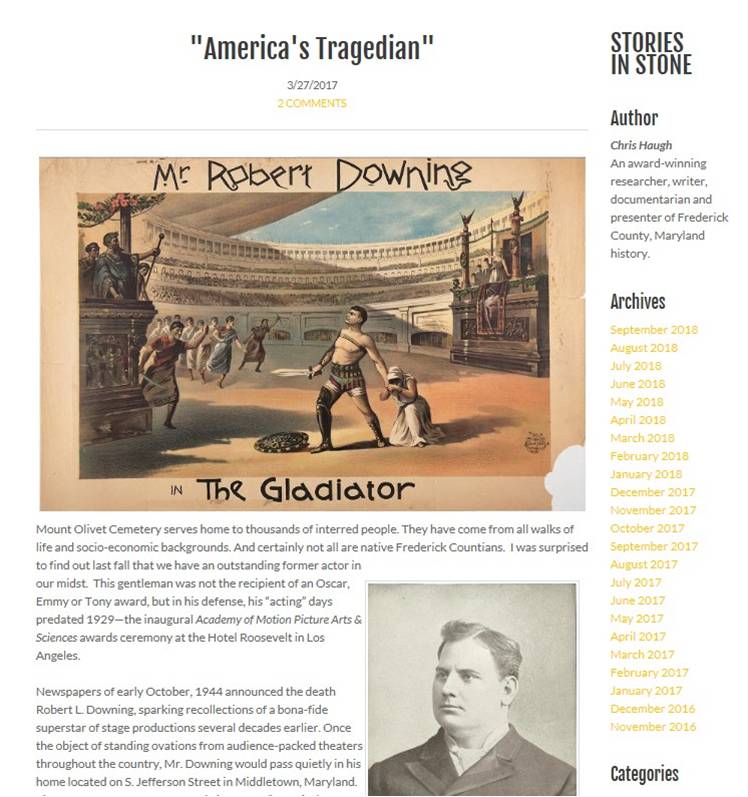
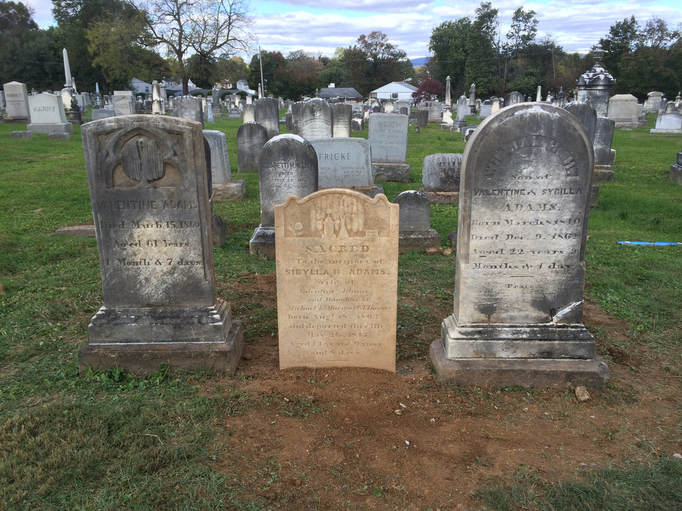


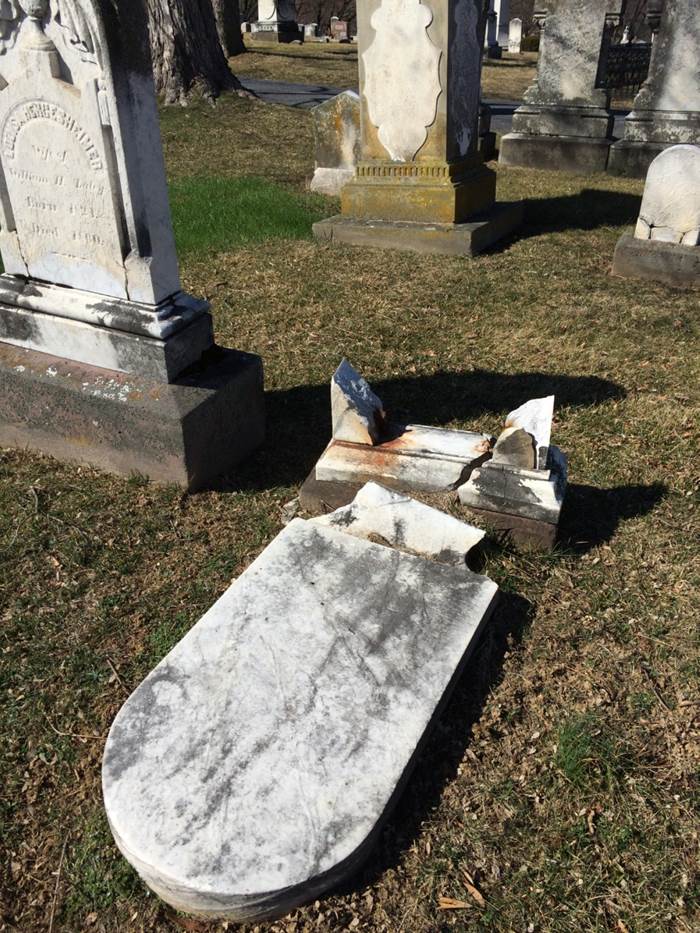








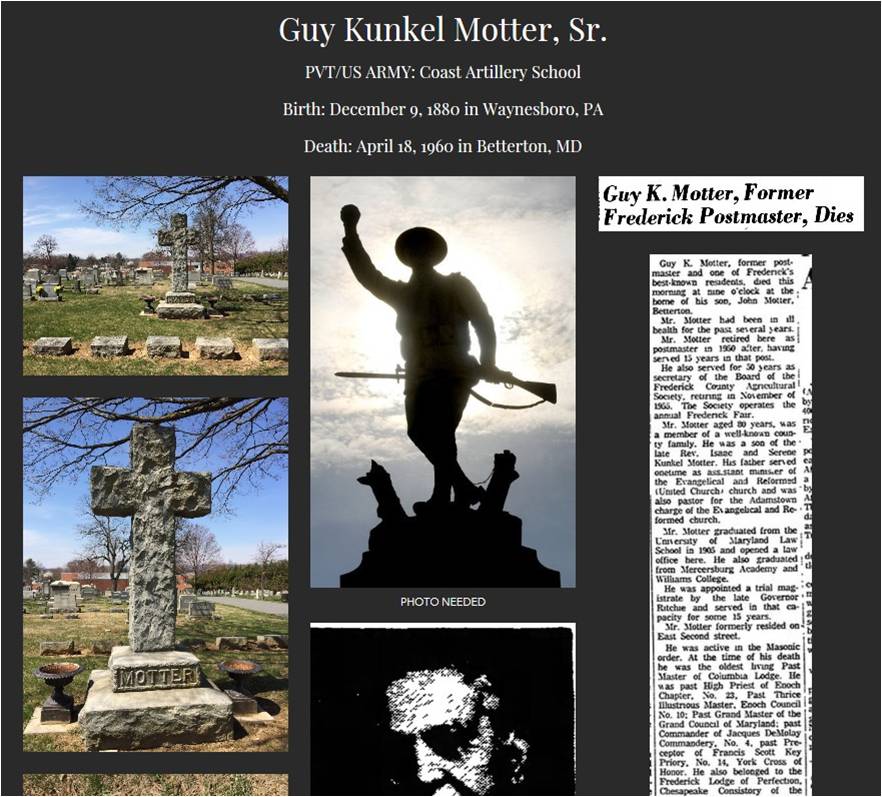


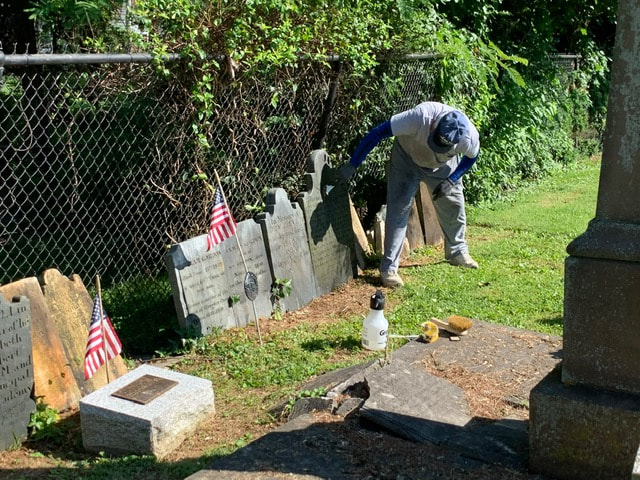







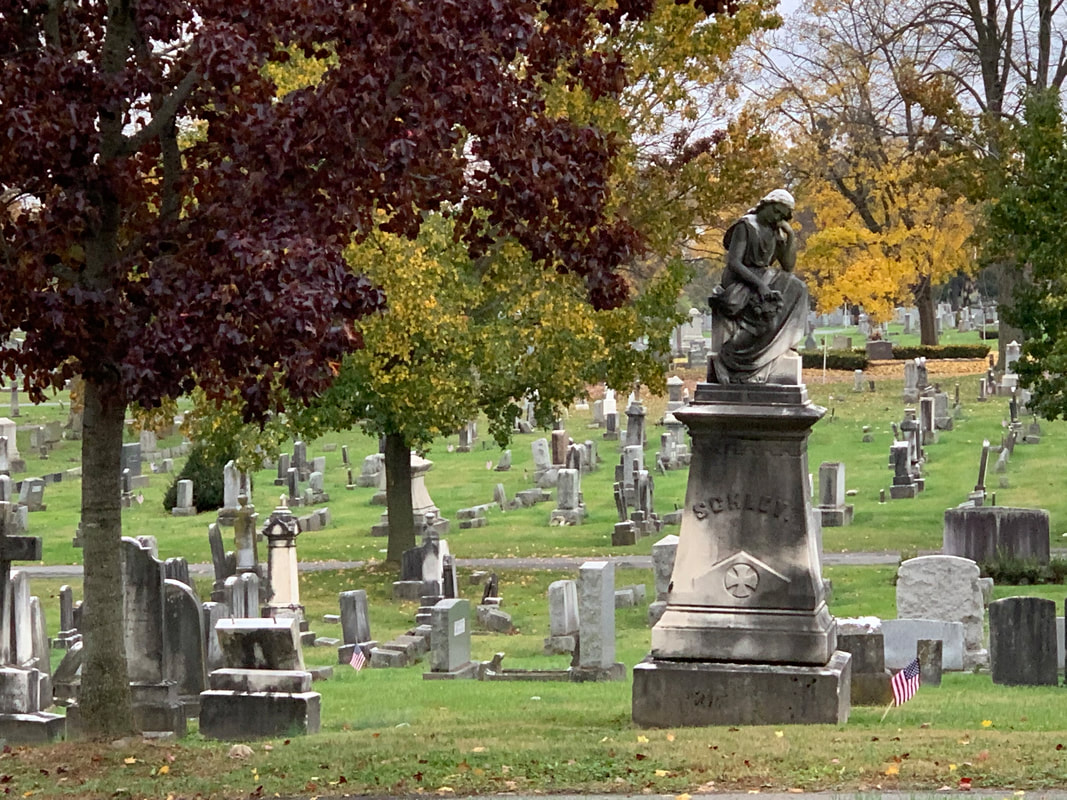



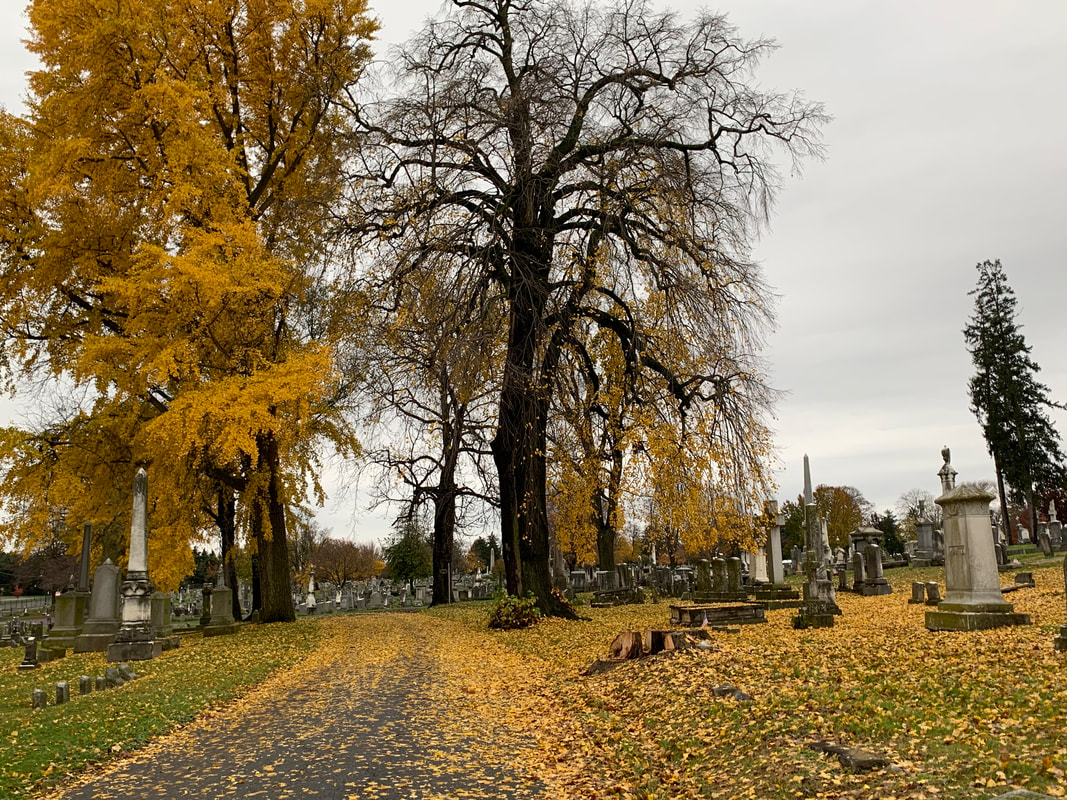


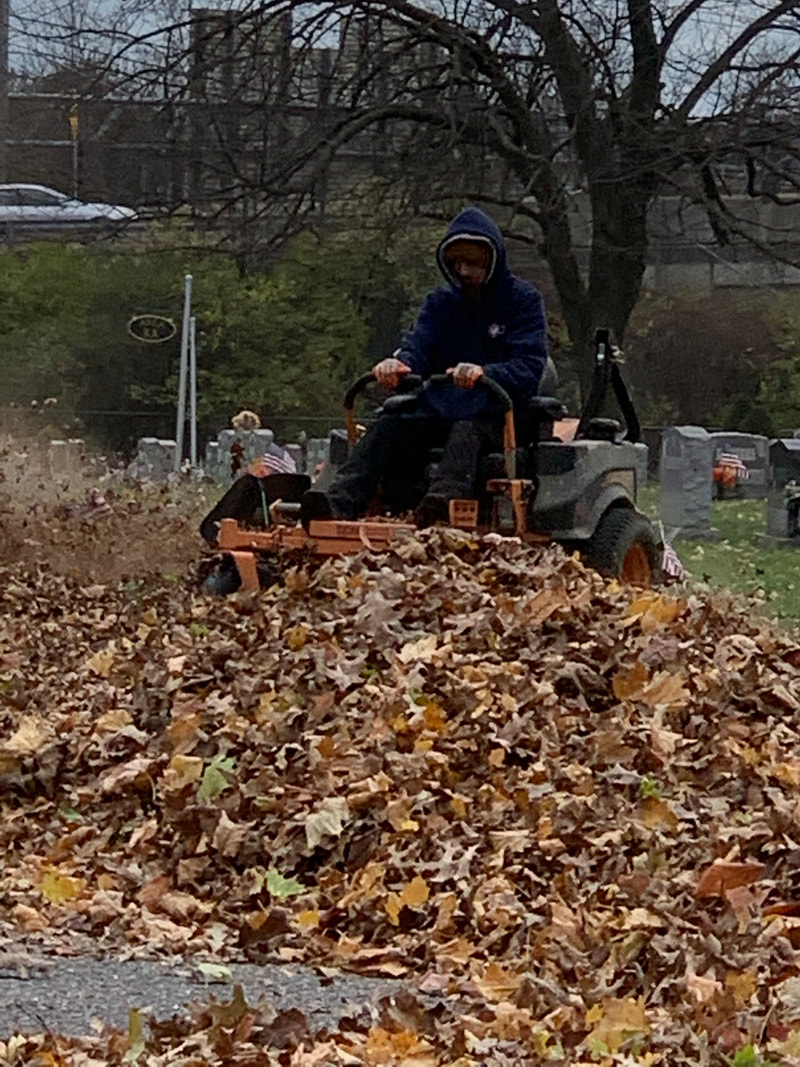


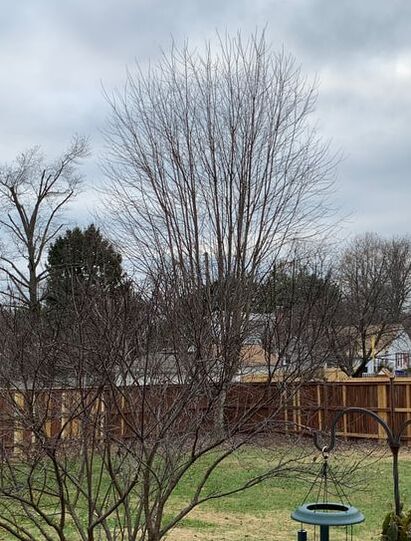
















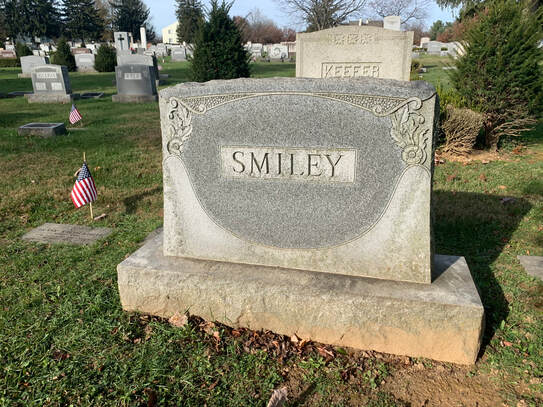

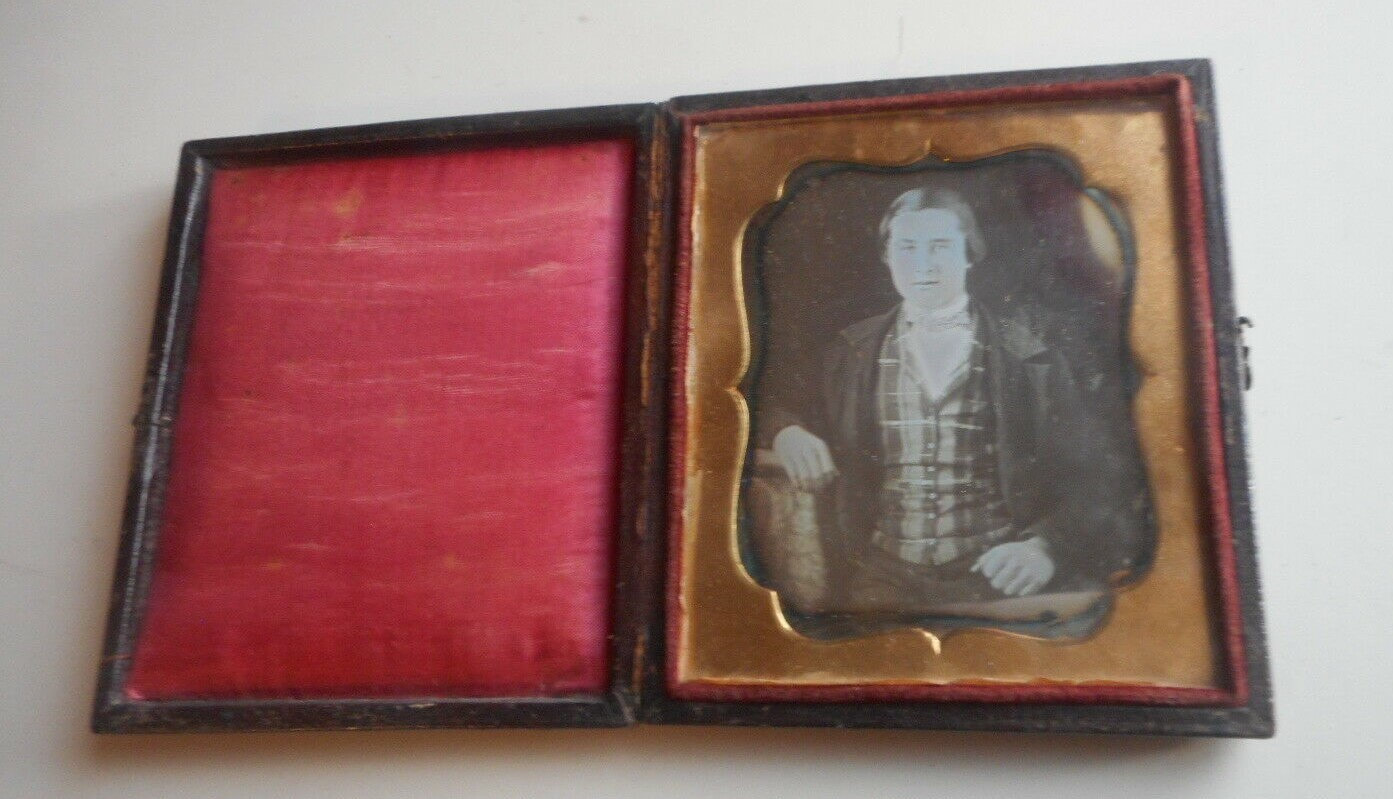


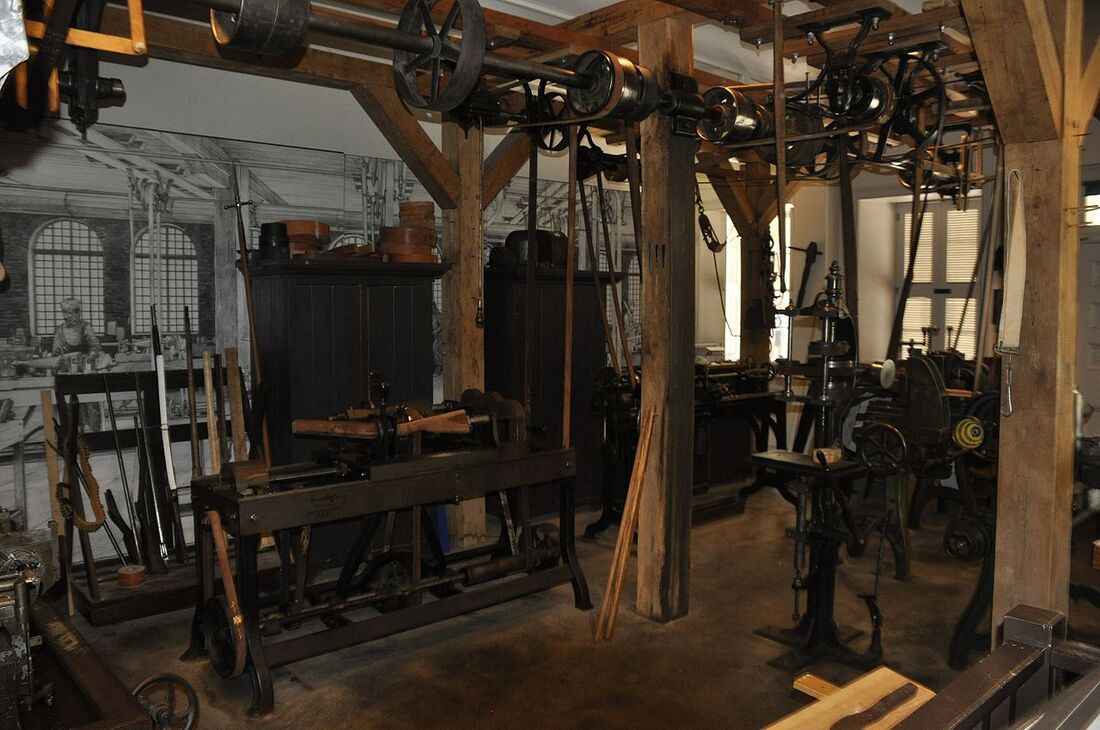










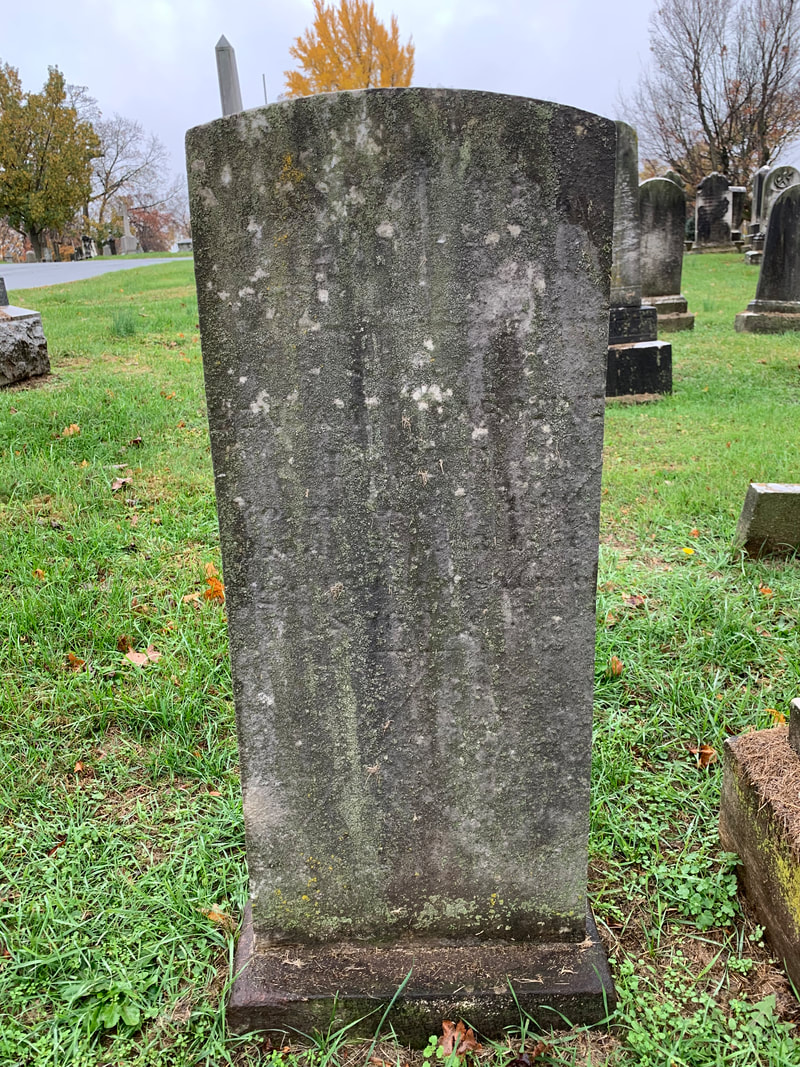




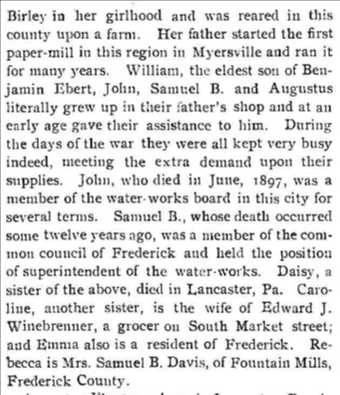



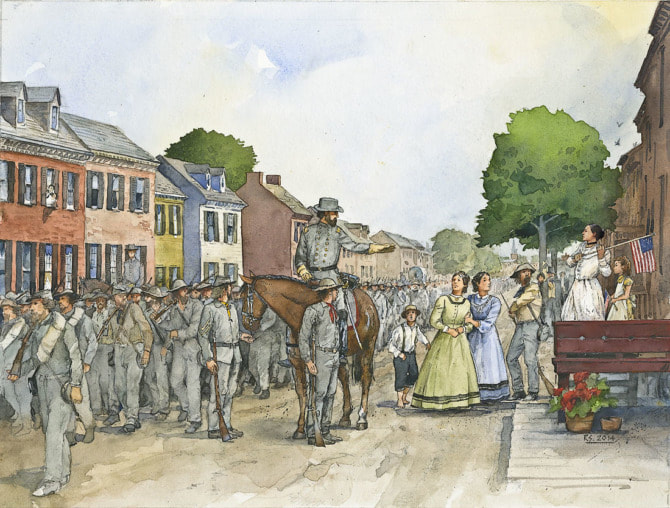

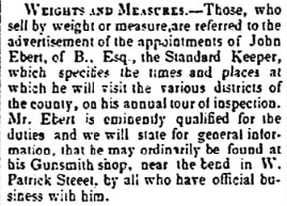










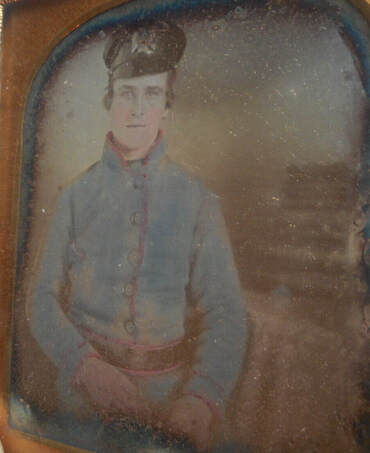


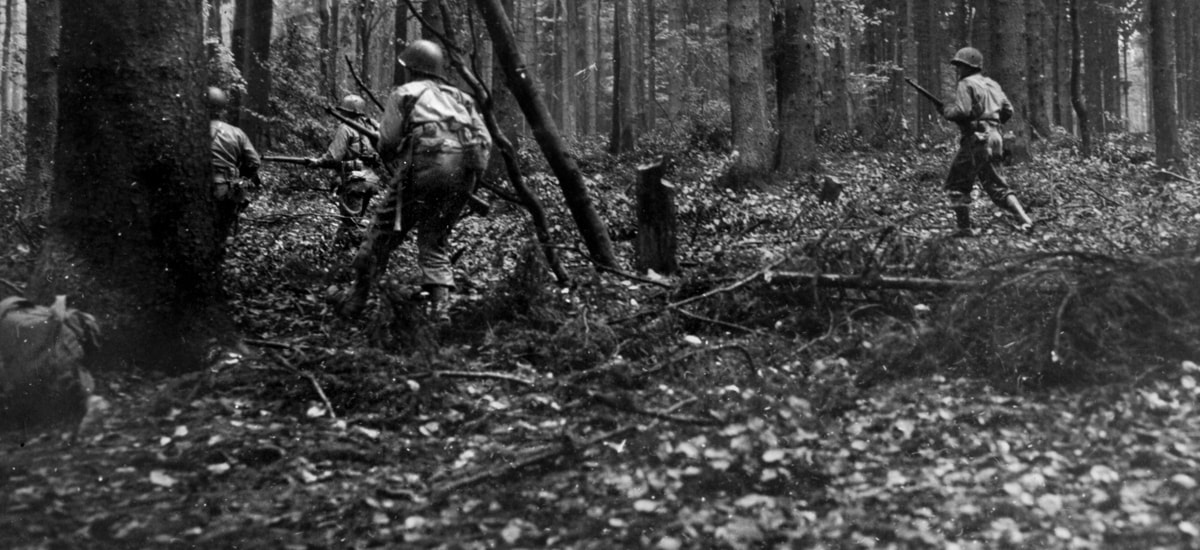


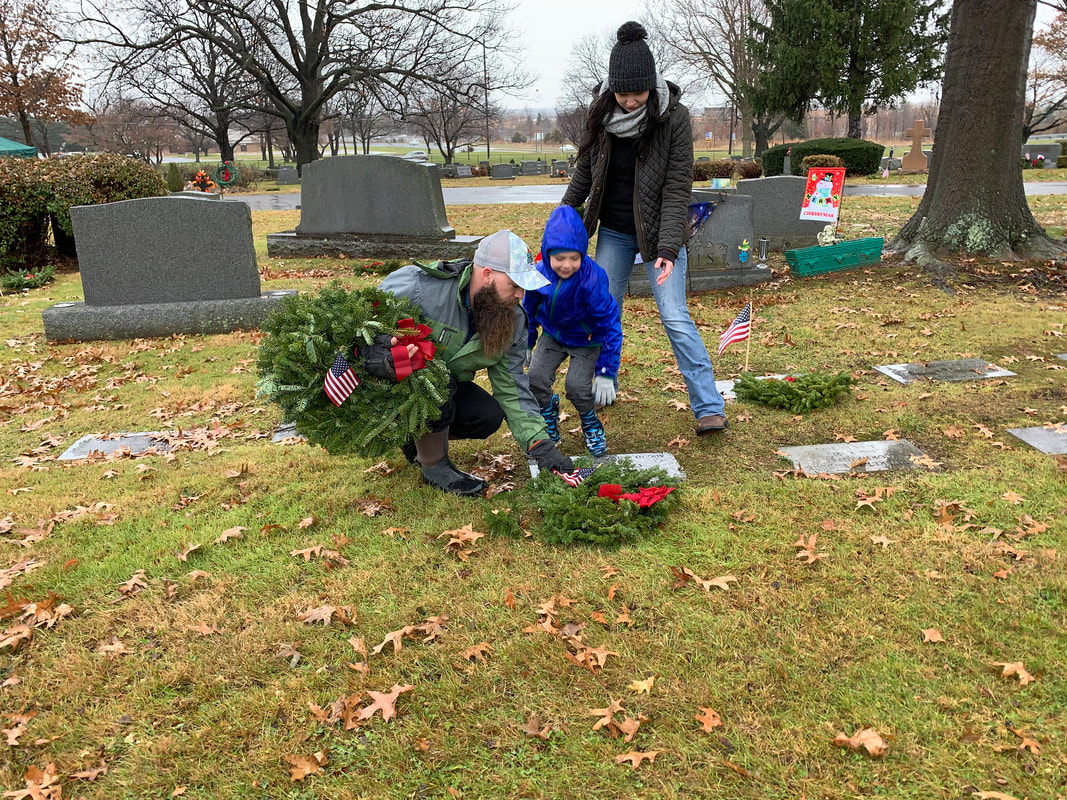


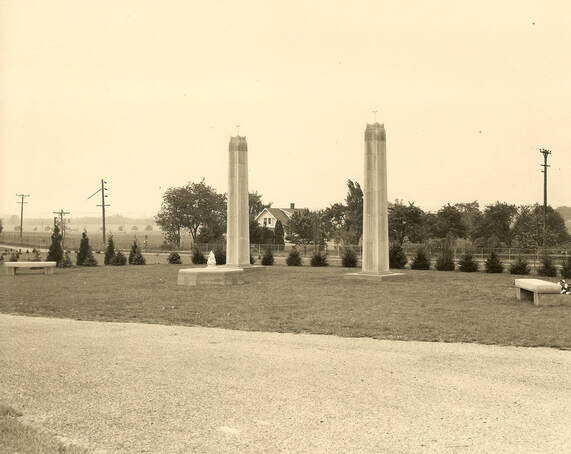

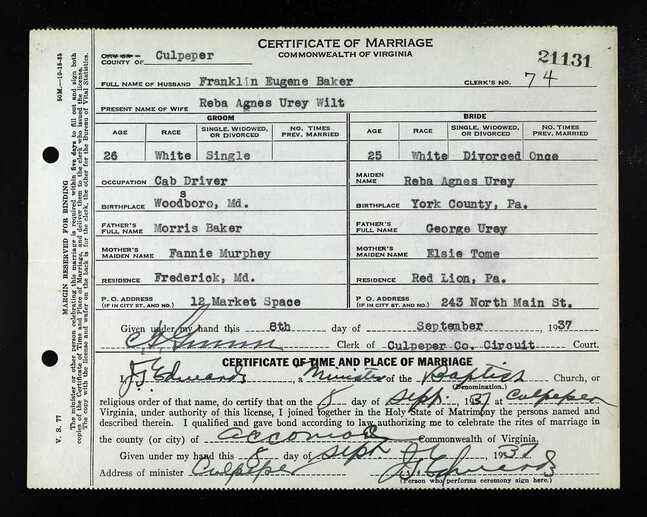



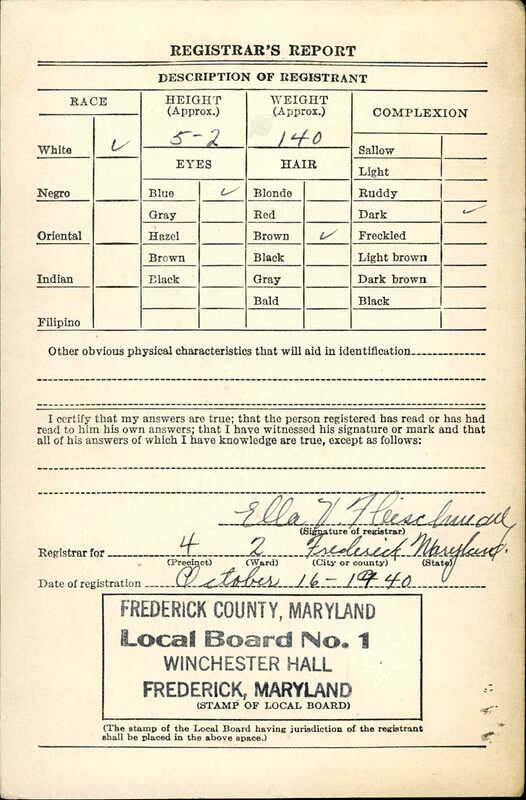














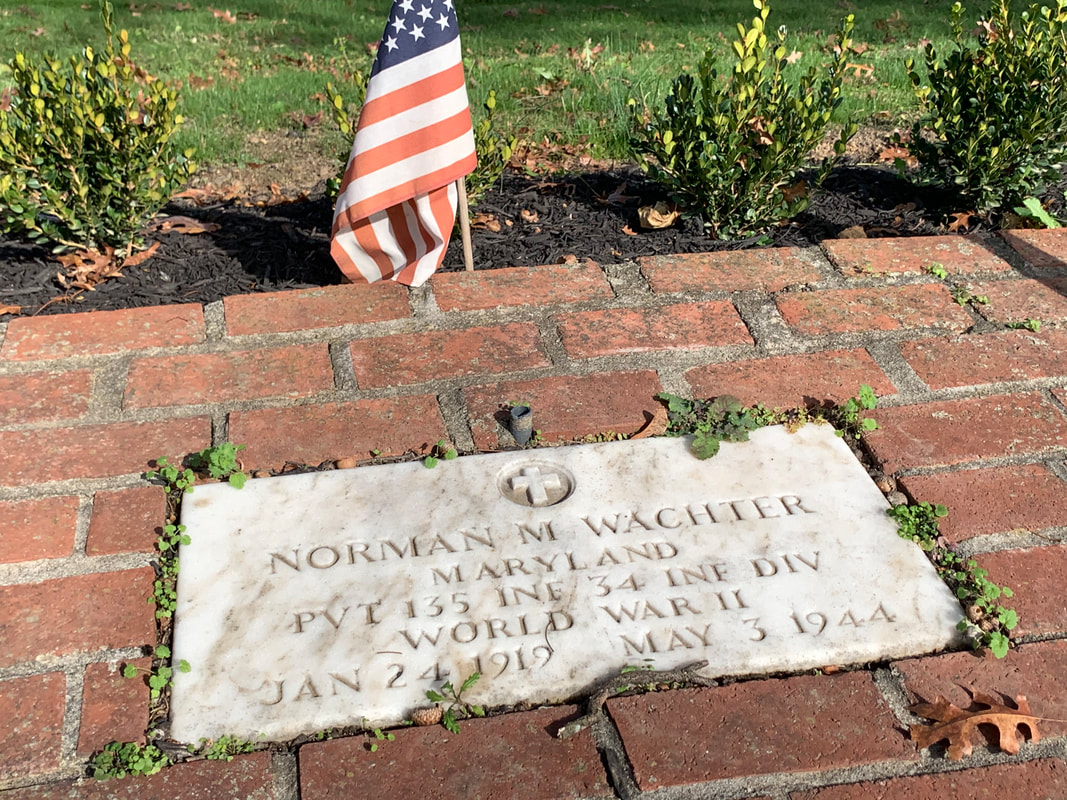









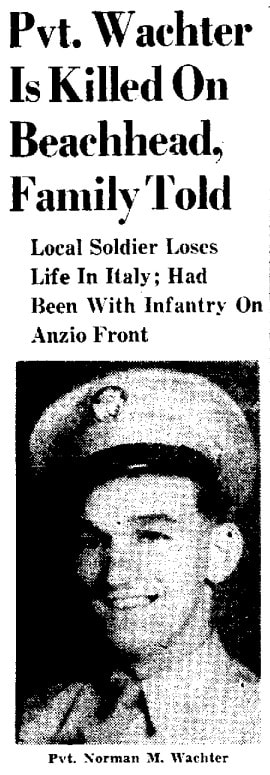
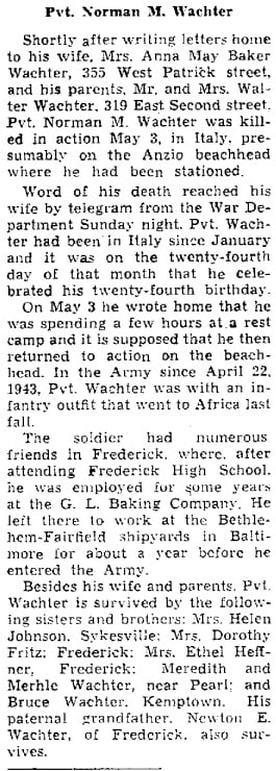


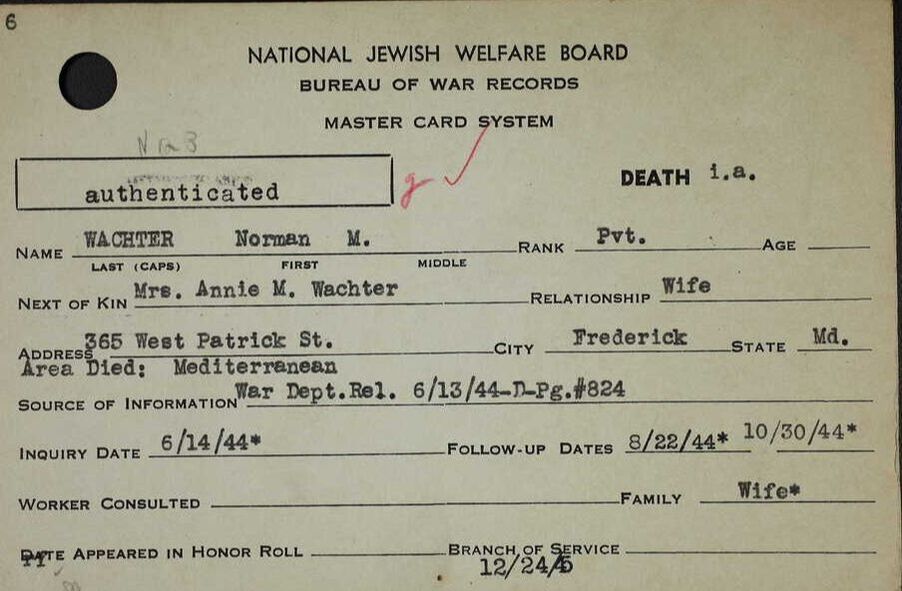



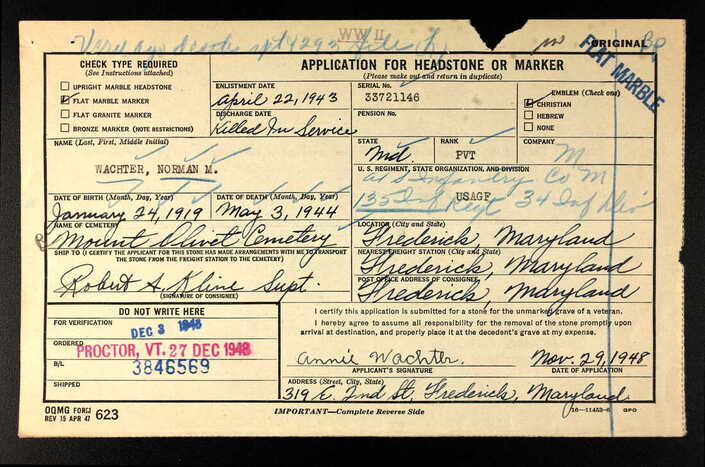
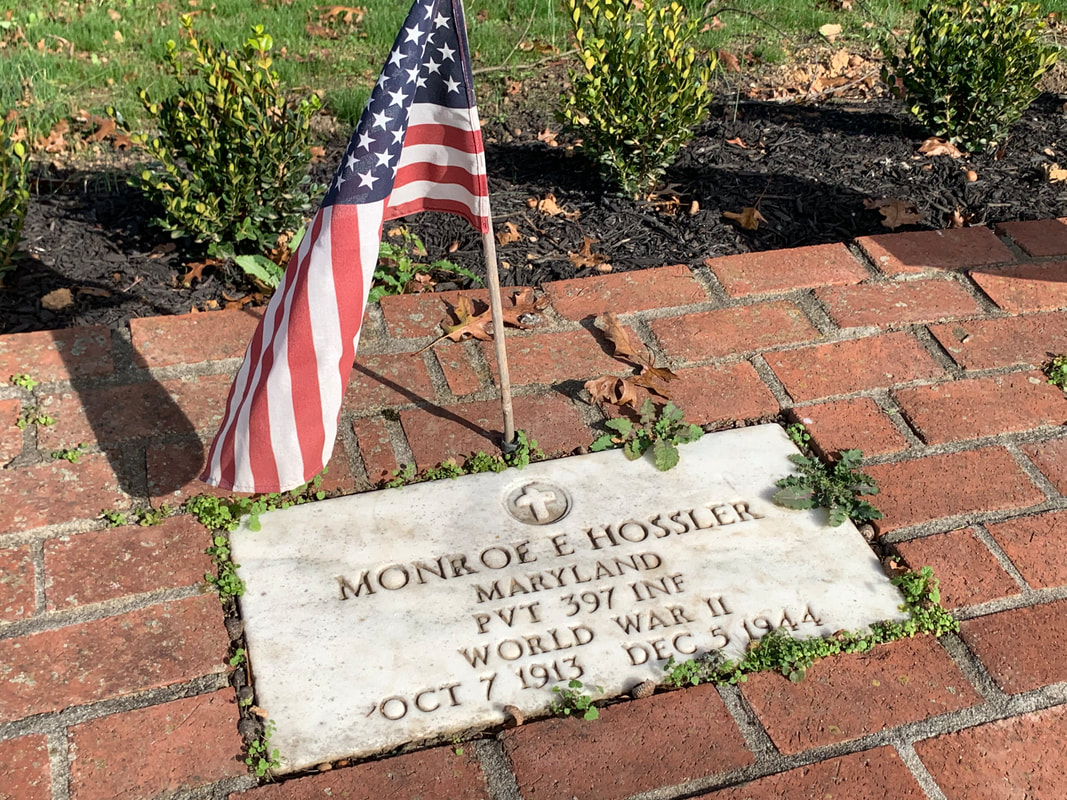





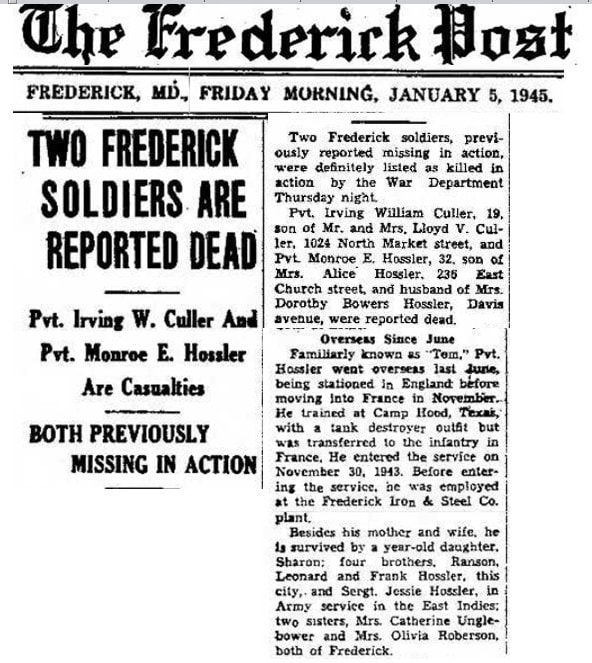


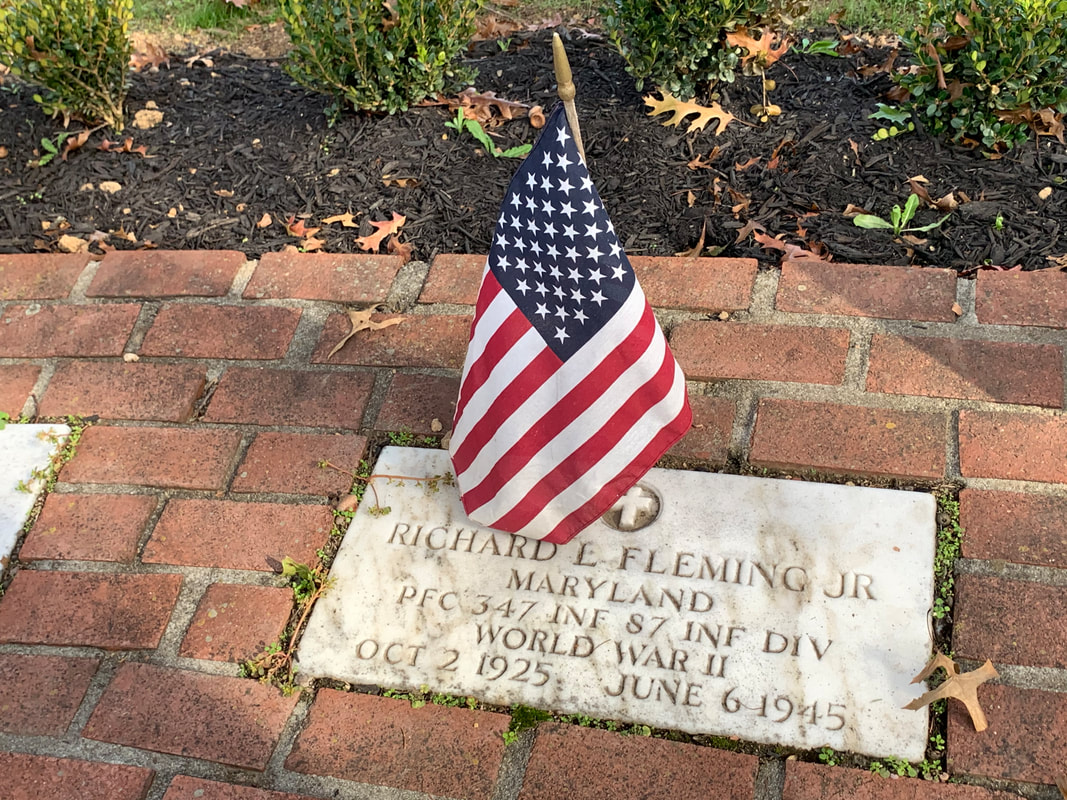





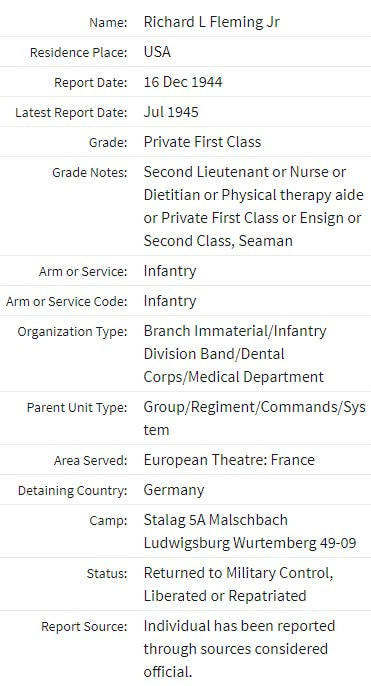





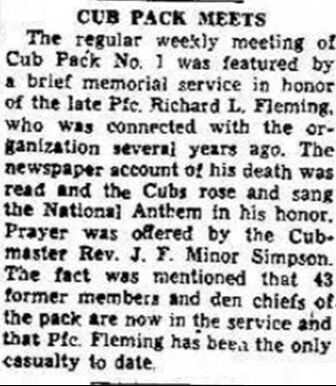



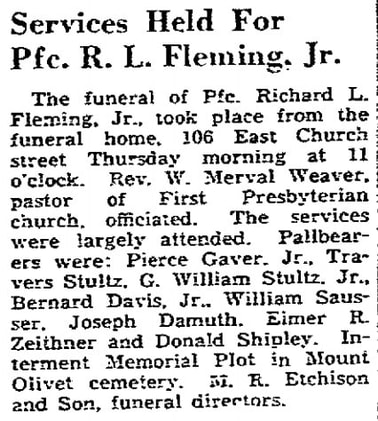
















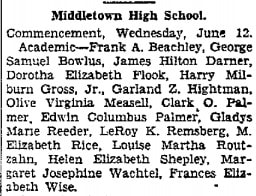










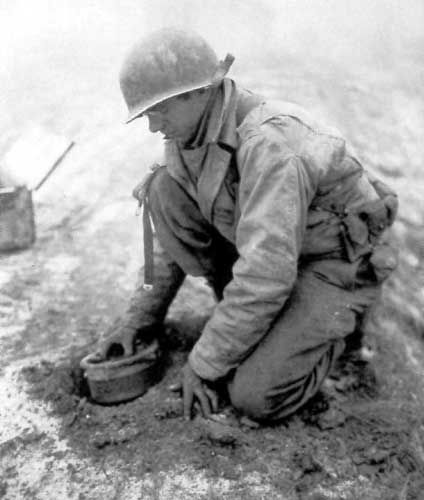
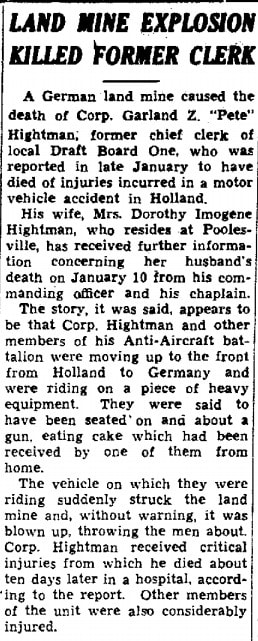
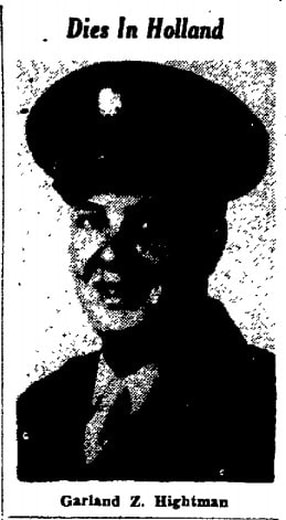


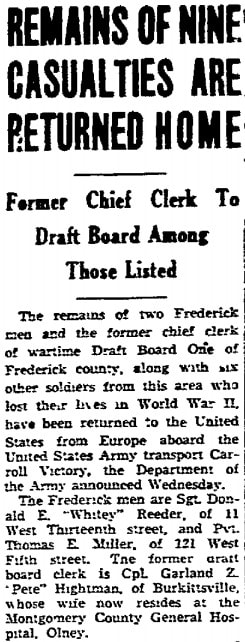




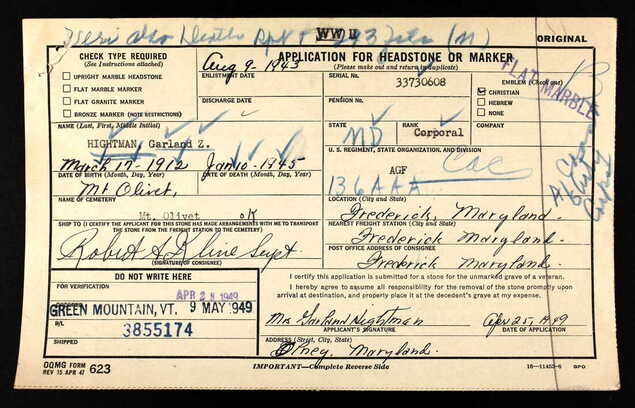



 RSS Feed
RSS Feed